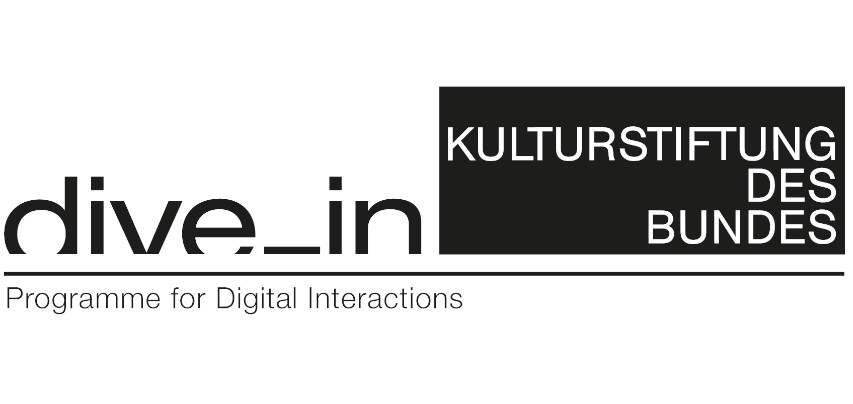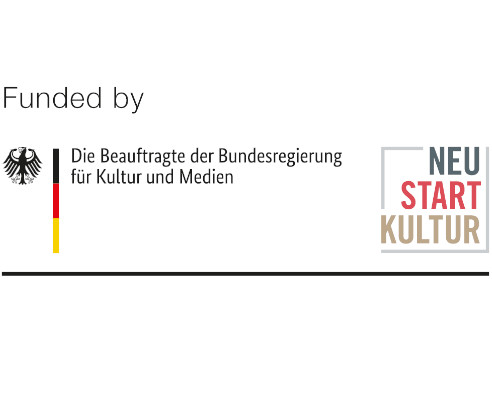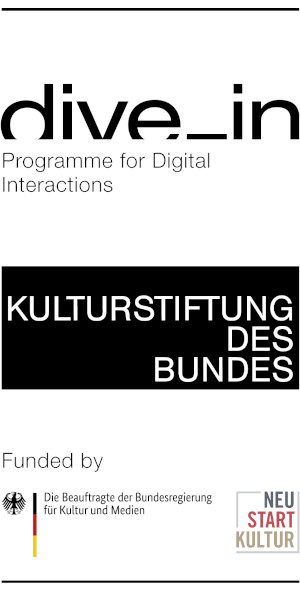Do not touch – for a long time, museums understood their role to be that of all-knowing collectors and preservers, but times are changing. Not only is the MARKK showing several objects from its own collection in 3D, but, more importantly, it is interested in starting a conversation with you. From all over the world, those interested can send us comments, additions, comparisons, texts, images and audio recordings via the object pages on this website. These contributions will not only broaden our understanding of the objects but also impact our planning on site. We look forward to this exchange – come in and tell me !
How can I contribute to tell me?
Click on an image on the landing page and view the story about the object. On each page of the story, you will find the tell me button on the lower, right-hand side. Simply click the button to upload your own texts, images or videos and send them to the museum!
Benin Relief Plaque: Two Leopard Hunters
Chest and Photographs from Oceania
Chest and Photographs from Oceania
Chukotka: Walrus Tusk Figurine
What tell me is
Initially, the museum aimed to be a place that explains the “foreign”, thereby defining an understanding of the world. But since then, the world around us has changed. And the building now says more about itself and the society which shaped it than about its collections.
The silent structure with its darkened display cabinets was in desperate need of transformation: interactions, movement, voices, open spaces and daylight. The MARKK has since paved the way for this change to take place – with this digital and interactive project, we seek to accompany that change.
tell me – speak with the object, speak with the museum! We show individual objects in 3D, embedded in tiny stories.
The function tell me allows you, the audience, to actively participate in the design of these pages. We look forward to each and every comment, to additions, to critical views and contributions from all over the world!
How tell me works
By clicking on one of the objects in the main page´s picture gallery you will be taken to the object page. There, you will be presented with information, in most cases also a 3D model, and one (of many possible) stories about the object. You will also be introduced to some of the processes that take place behind the scenes at the museum. What is it that provenance researchers, conservators, curators and security personal actually do? What do we know about this specific object and its acquisition?
By using the comment button tell me on any of the object pages, you can upload images, sounds or texts referring to the object. Clicking tell me will open a user interface. Your post is then played to the museum and can be published.
Do you know this object or a similar one or its place of origin? Or do you have something to say about its material or the techniques used to create it? Have you conducted previous research on this topic? Have you spoken with students about contemporary history? Are you a student and want to know more about this object? Are you an artist and have created a work of art referencing this object? tell me! Check in from time to time; the page is growing with every new object.
Who we are
With an inventory of approximately 200,000 objects and around 450,000 photographs, the MARKK is one of Europe’s largest ethnographical museums. Starting in the mid-19th century, many institutions of this kind were founded in European centres and called “ethnological” or “ethnographical” museums, or “Völkerkundemuseen” in German-speaking regions. The “collecting” of objects from different geographical regions not only promised scientific progress but also international recognition.
However, these museums not only attempted to differentiate between “European” and “non-European” cultures, they also categorised people and cultures according to their perceived similarities and differences. This created a hierarchical model that, in keeping with colonial ideologies, was based on the assumption of an evolution from “non-civilised peoples” (“Naturvölker”) to “civilised peoples” (“Kulturvölker”). The same racist hierarchy was applied to the objects.
Voices from the countries of origin had no say in this matter. In Hamburg, the museum intensively cooperated with local trading companies. Soldiers, seamen, colonial officers and tradesmen sold individual objects and entire collections to the museum. At times, the museum itself even placed orders for heedless collecting expeditions or raids.
Today, the museum’s approach is to decolonise by communicating with spokespeople from the societies in which the objects originated, with former owners or with descendants of the latter. Restitutions are in the works and projects are planned in collaboration.
The past cannot be unwritten. Every object on tell me tells several stories: Where was I? Who carried me away and how? What happened while I was away, at home and in the museum? Who spoke about me? Which tangible contacts and what climates have changed me? Am I still the same as I used to be? Who misses me? And where will my path lead me?


